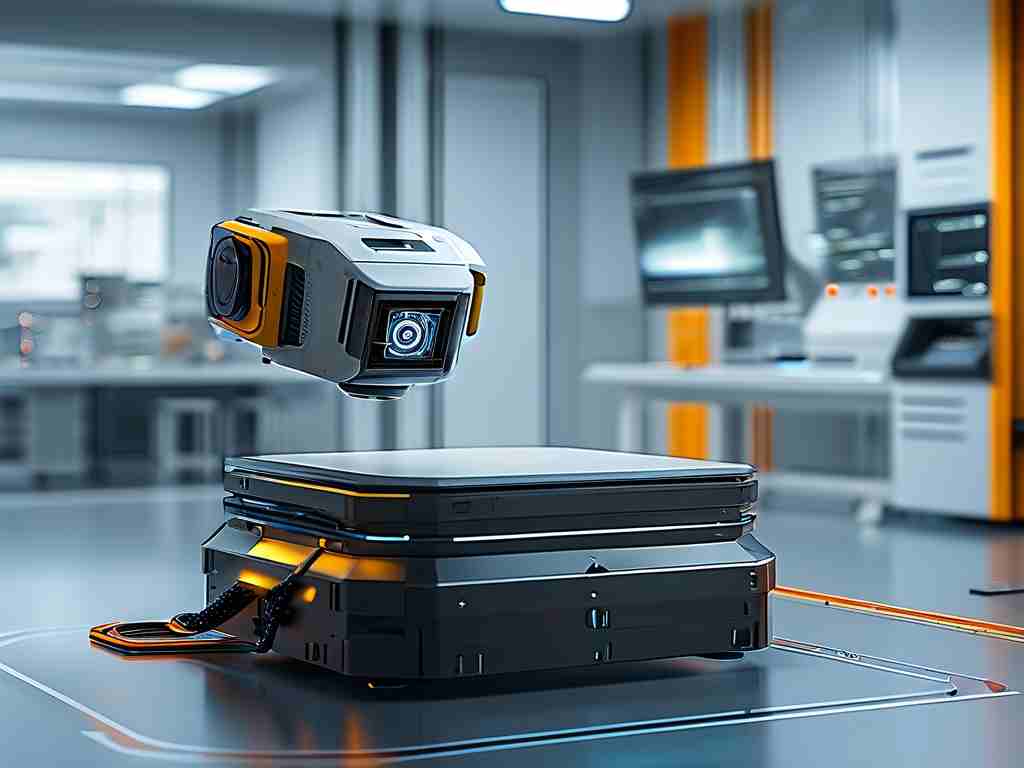In today's rapidly evolving industrial and IT landscapes, the integration of intelligent inspection and automated deployment within smart operation and maintenance (O&M) systems represents a transformative leap toward enhanced efficiency and reliability. These technologies collectively address longstanding challenges in asset management, reducing human error while optimizing resource allocation. For instance, intelligent inspection leverages artificial intelligence algorithms to continuously monitor equipment health, identifying anomalies like temperature spikes or vibration irregularities in real-time. This proactive approach minimizes downtime by predicting failures before they escalate, as seen in sectors such as manufacturing plants where sensors embedded in machinery feed data to centralized systems for instant analysis.

Building on this foundation, intelligent O&M systems serve as the backbone for orchestrating these inspections, seamlessly integrating with automated deployment processes to ensure swift updates and scalability. Automated deployment eliminates manual intervention by using scripts and tools to roll out software patches or configuration changes across networks. A simple Python script snippet illustrates this:
import ansible.runner
def deploy_update(inventory_path, playbook_path):
runner = ansible.runner.Runner(
module_name='shell',
module_args='sudo apt-get update && sudo apt-get upgrade -y',
inventory=inventory_path,
playbook=playbook_path
)
return runner.run()
# Execute deployment across multiple servers
result = deploy_update('/path/to/inventory', '/path/to/playbook.yml')
if result['dark']:
print("Deployment errors detected.")
else:
print("Update deployed successfully.")
This code automates routine maintenance tasks, allowing teams to focus on strategic initiatives rather than repetitive chores. The synergy between inspection and deployment not only cuts operational costs by up to 30% but also enhances security through consistent, auditable processes. In energy grids, for example, automated deployment of firmware updates ensures compliance with safety standards while intelligent inspections detect cyber threats early.
However, implementing such systems presents hurdles, including integration complexities with legacy infrastructure and the need for skilled personnel. Organizations must invest in training and phased rollouts, starting with pilot projects to validate performance. Looking ahead, advancements in machine learning will further refine predictive capabilities, making O&M systems more adaptive. Ultimately, embracing automation in inspection and deployment drives sustainable growth, empowering industries to thrive in an era of digital transformation while maintaining robust, resilient operations.









